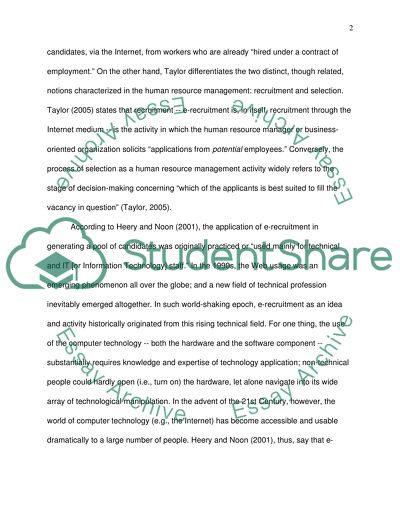Cite this document
(“The Future of E-Recruitment: With Application of Psychometric Test Essay”, n.d.)
Retrieved from https://studentshare.org/human-resources/1405319-is-e-recruitment-the-future-discuss-pros-and-cons
Retrieved from https://studentshare.org/human-resources/1405319-is-e-recruitment-the-future-discuss-pros-and-cons
(The Future of E-Recruitment: With Application of Psychometric Test Essay)
https://studentshare.org/human-resources/1405319-is-e-recruitment-the-future-discuss-pros-and-cons.
https://studentshare.org/human-resources/1405319-is-e-recruitment-the-future-discuss-pros-and-cons.
“The Future of E-Recruitment: With Application of Psychometric Test Essay”, n.d. https://studentshare.org/human-resources/1405319-is-e-recruitment-the-future-discuss-pros-and-cons.


